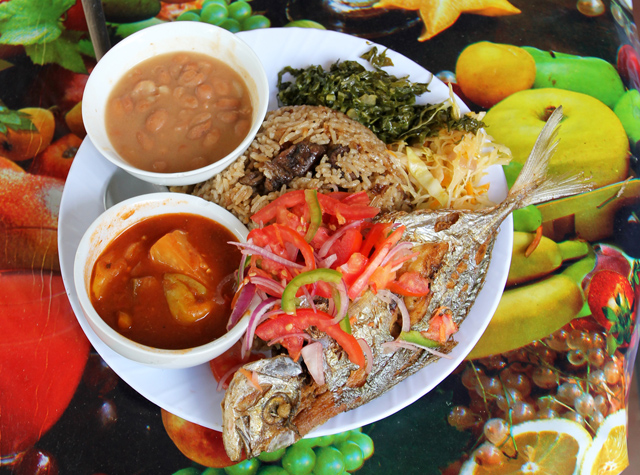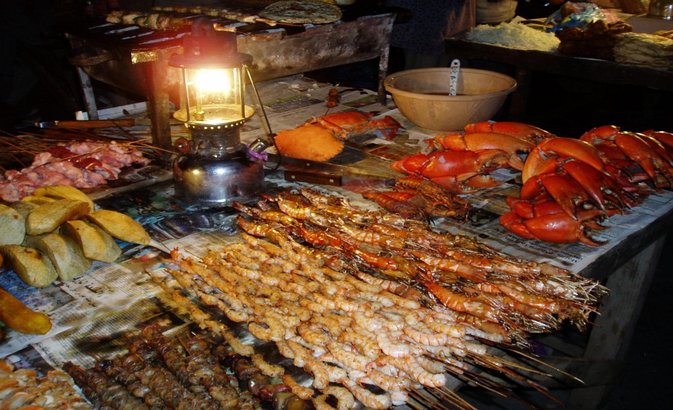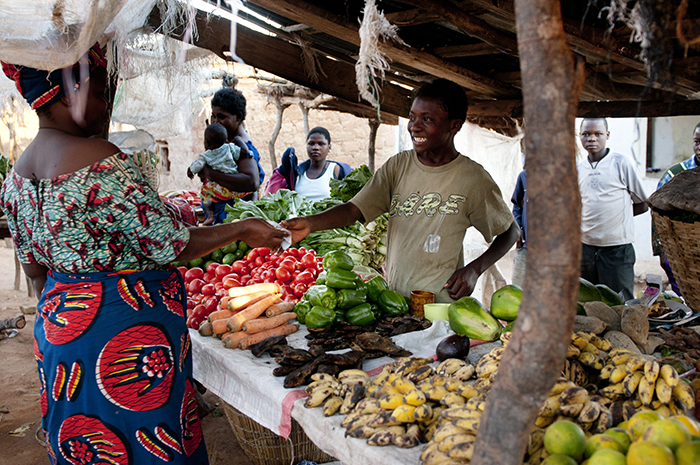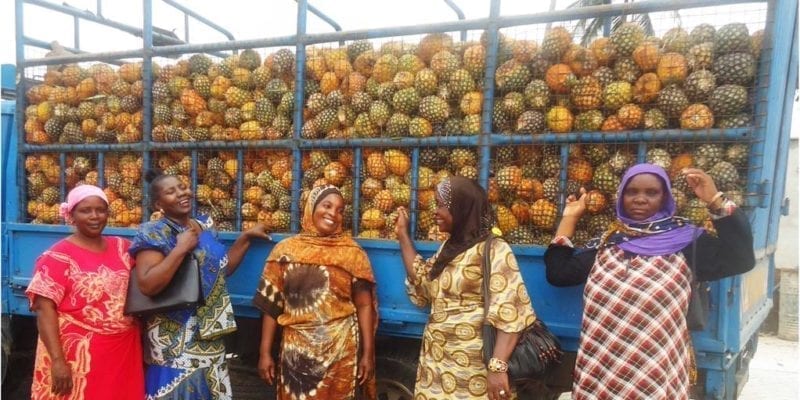Time Domain Data:
1H_13C_HSQC.tar
Take a tour
COORG, KODAGU, Karnataka, INDIA
https://en.wikipedia.org/wiki/Kodagu_district
Agriculture
is the most important factor that upholds the economy of Kodagu and the
main crops cultivated in this region are rice and coffee. Coorg is rich in ...


.




Madikeri
 Madikeri
Madikeri is the district headquarters of Coorg and has
several interesting tourist spots. Some of the prominent tourist spots
include the Fort, the former Palace, Omkareshwara Temple, the Gaddige
(Rajas' tombs) and the Raja Seat. The town, situated at an elevation of
1525 meters, is located on a plateau on the Western Ghats. Madikeri was
founded in 1681by Muddu Raja, a prince of the Haleri dynasty and was
named Muddu Rajakeri which later became Madikeri. The British who ruled
over Madikeri, called it Mercara. Now, the original name of Madikeri has
been restored.
 Omkareshwara Temple:
Omkareshwara Temple: The Omkareshwara temple in Madikeri
was built by Lingarajendra II in 1820 in the Mumammadan style of
architecture with a dome in the center and four turrets at four corners.
Legend has it that the King put to death a pious Brahmin unjustly and
in order to appease the spirit of the Brahmin, the temple was built. The
temple is akin to a Muslim dargah with a Linga installed near the
entrance door. The King inscribed the history of the temple in a copper
plate which is fixed at the entrance door frame. There is a water tank
in front of the temple and in the middle of the tank there is a
"mantapam" connected by a causeway. There are plenty of fish in the tank
which is an attraction for children.
 Madikeri Fort:
Madikeri Fort: The fort is atop an elevated ground,
crowning Madikeri with its imposing structure. The original mud fort was
rebuilt in stone by Tipu Sultan. Two life-size elephants made of
mortar, catch the eye of the visitor on entering the Fort. In the inner
Fort, a temple of Virabhadra was removed by the British in 1855 and in
its place built an Anglican Church. The Church, in Gothic style, with
colour stained glasses has now been converted into a museum. The museum,
run by the state archaeology department, is a repository of many
antiques of Coorg. Field Marshall K.M. Cariappa, who settled down in the
town after his retirement, has donated the various awards and gifts
bestowed on him. The other buildings inside the fort include the Mahatma
Gandhi Public Library, the Kote Maha Ganapathi temple and the district
prison.
 Madikeri Palace:
Madikeri Palace: The Palace of the erstwhile kings located
inside the Fort, now houses the offices of the Deputy Commissioner. The
brick and mortar Palace was built in 1814 by Lingarajendra Wodeyar II.
The two-storied lofty and spacious structure is 110 feet long. The
British renovated the structure twice and in 1933, a clock tower and a
portico to park the commissioner's car were added.
 Gaddige (Rajas' tombs):
Gaddige (Rajas' tombs): Gaddige or the tombs of
Virarajendra and Lingarajendra at Madikeri is one of the important
monuments of Coorg. The royal tombs on a hillock to the north of
Madikeri provides a commanding view of the town. Lingarajendra's tomb
was built in 1820. There are also the tombs of a Raja's priest and that
of two army commanders. A commemorative plaque, eulogizing the bravery
of General Biddanda Bopu who fought Tipu Sultan has been recorded by
Dodda Veerarajendra in an inscription. The tombs are in the style of
Muhammadan edifices with domes in the center and turrets at the angles.
The bars of windows made of brass have fine engravings. The grounds
surrounding the tombs have been encroached.
 Raja's Seat:
Raja's Seat: The Raja's Seat in Madikeri town, the spot
from where kings of yore watched sunsets with their consorts, could be
considered as one of the most scenic spots in south India. The spot
offers a breathtaking view of towering hills, green valleys, studded
with paddy fields. It is fascinating to watch the road to Mangalore like
a curved ribbon lying in the valley. The Raja's Seat, which means the
"Seat of Kings", is a brick and mortar structure with four pillars, was a
spot from where the kings of Coorg watched glorious sunsets. The
Karnataka government has developed a garden around the Raja's Seat. The
spot attracts lot of tourists and morning walkers. For the nature lover,
the ideal time to visit the spot is in the morning when the first rays
of the sun pierces through the mist covered valley. The district
administration has put up a toy train near the Raja's Seat which
attracts children. Interestingly, the land-locked Coorg does not have an
inch of railways!
Talacauvery

Talacauvery, the birthplace of the sacred river Cauvery, is
located 44 km from Madikeri, on the slopes of Brahmagiri Hill. Besides
being a pilgrimage center, Talacauvery is known for its natural beauty.
On Tula Sankaramana day in the middle of October, thousands of
pilgrims flock to the river's birthplace to witness a sudden upsurge of
water in a small pond, at a predetermined time. Devout Coorgs take a
holy dip in a nearby pond and take home the holy water from the small
pond to perform worship on the day of Cauvery Sankramana, the holiest
national day for the Coorgs. Pilgrims from neighbouring districts and
Tamil Nadu visit Talcauvery for a month after Tula Sankramana. The
gushing of water from the small pond at an auspicious moment is
considered a miracle. After the holy dip, the pilgrims take a flight of
steps leading up to the summit of the Brahmagiri Hill, which offers a
feast for nature lovers. Bus service is available to Talacauvery from
Madikeri.
Bhagamandala
Bhagamandala is on the foothills of Talcauvery and is 39 km from
Madikeri. Bhagamandala is the confluence of the sacred rivers of Cauvery
and Kannike and legend has it that a third river Sujyothi, a
subterranean stream, joins the two rivers. The Bhagandeshwara temple is
located on the banks of the two rivers and is one of the important
pilgrimage centers in Coorg. Pilgrims proceed to Talcauvery only after
offering worship at Bhagamandala. It is customary for the Coorg men to
shave their head at Bhagamandala in the event of a bereavement in the
family. Bhagamandala is also famous for honey and its apiaries.











